At the request of a Tier 1 automotive supplier, PISÉO intervened to improve the uniformity of a vehicle LED taillight while achieving the required luminance levels. Although LEDs offer many advantages (energy efficiency, longevity, flexible design), they present challenges in achieving quality lighting systems, including uniform luminous surfaces. Thanks to their mastery of lighting system design, particularly those using LED light guides, PISÉO engineers were able to meet the challenge.
Optical defects observed in LED taillights, such as uneven lighting, excessive bright spots, or shadow areas, are often due to inefficient light distribution. These anomalies can be caused by an inadequate arrangement of LEDs, poorly designed diffusers, or light guides that do not direct the light correctly.
To identify the precise causes, PISÉO engineers followed a rigorous methodology. The first step consisted of a luminance mapping in the laboratory, which provided a visualization of the distribution of light over the entire surface of the lamp, highlighting the problem areas. A critical analysis of the lamp construction was then conducted, focusing on the physical design of the optical components, including the arrangement of the LEDs and the materials used.
A key point of the analysis concerns the geometry of the light guides. The engineers thus examined in detail the structure of the guides to identify design defects that could lead to light leaks. These leaks often result from poor light guidance, where light escapes or disperses in an uncontrolled manner, causing an irregular distribution. Finally, the optical system was modeled in LightTools, where a simulation allowed the engineers to locate the sources of the defects and propose optimal solutions.
After identifying the causes of the defects, PISÉO engineers devised solutions and integrated geometric modifications to the optical surfaces of the light. The latter was designed to guarantee high coupling efficiency of the LEDs with the optical guides, thus allowing optimal use of their luminous flux. The shapes of the optical guides were optimized to guarantee total internal reflection (TIR) of the light rays.
Thanks to the recognized expertise of its engineers in optical design and the use of advanced laboratory simulation and characterization methods, PISÉO successfully met this technical challenge. The team was able not only to meet the customer’s rigorous requirements but also to produce results that exceeded expectations. The optical systems designed and validated by PISÉO offer superior performance in terms of luminance, contrast, and chromatic precision, thus contributing significantly to the perceived quality of the car manufacturer’s vehicles.
If, like this satisfied customer, you wish to design and produce a high-quality image projection solution, whilst taking into account your industrial constraints, do not hesitate to contact us to tell us about your project.



